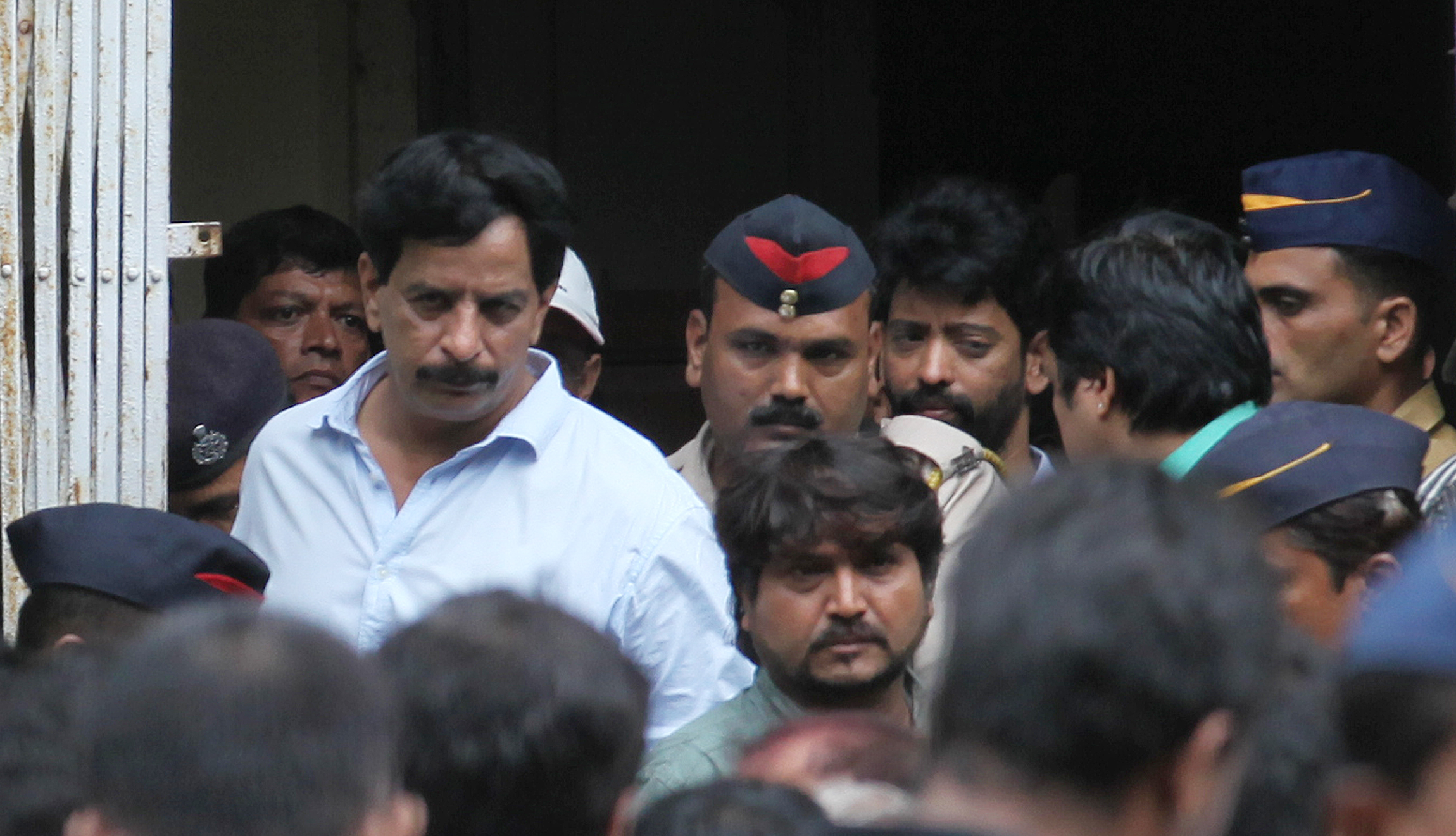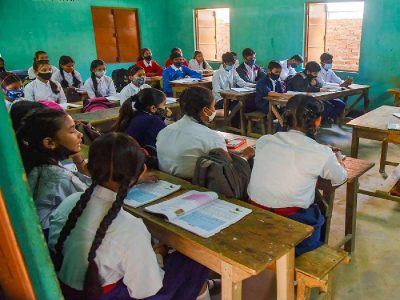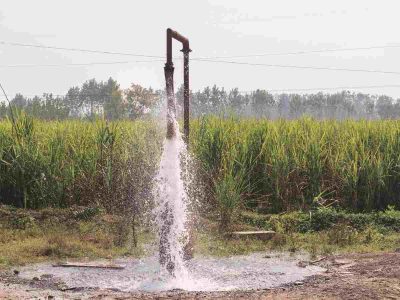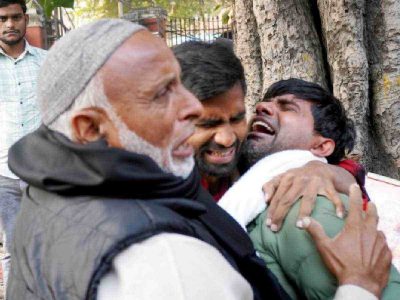On March 19, the Bombay High Court indicted former Mumbai police officer Pradeep Sharma for life over a 2006 fake police encounter of an alleged member of Chhota Shakeel’s gang, overturning the verdict of a lower court which adjudged him innocent. Apart from Sharma, the verdict also upheld life sentences of 13 others, of which 12 were police officers while one was a civilian.
According to data published by the National Human Rights Commission (NHRC) in 2022, through the Ministry of Home Affairs, there were 655 cases of police encounters across the country from January 1, 2017, to January 31, 2022.
Chhattisgarh and Uttar Pradesh held on to the dubious first and second place during the course of the said tenure. The former witnessed 191 cases while the latter had recorded 117 cases.
Following Chhattisgarh and UP, Assam recorded 50, Jharkhand 49, Odisha 36, Jammu and Kashmir 35, Maharashtra 26, and Bihar 22 cases. On the other hand, Delhi recorded police encounters in single digits in the said period with eight.
“Comparisons can only be made with comparables. Delhi has always had a lower rate of police encounters within its boundaries because of its terrain and geography,” said Vikram Singh, the former Director General of UP Police. Singh further explained about why Delhi’s lack of deserted and derelict spots makes it lack instances of police encounters.
“It (Delhi) has seen its fair share of encounter deaths but there are multiple reasons for it not being as high as other states like Chhattisgarh and Uttar Pradesh. Both places have a variety of terrain, with ravines and valleys that such criminals can use as hideouts. The national capital on the other hand does not,” he said.
Illustrating another factor, he said that the temperament of police officials also plays a major role in the outcome of police encounters.
“The necessity of police encounters in a particular area, and the police’s need to take to committing it plays a major role. For example, in Mumbai and UP it has been pertinent to go for encounters because of the criminals that the police deals with there, with the underworld gangs being much more active. Force is the only way to tackle them,” he said.
Singh also highlighted that even if the Delhi Police would want to encounter a criminal, it would happen in UP’s Gautam Buddha Nagar at Delhi’s borders, which would inadvertently be added to the UP Police’s tally. Former Delhi Police Commissioner Neeraj Kumar also highlighted similar qualms stating that the necessity for police encounters is a major factor for such an operation to be undertaken.
“The states of Chhattisgarh and UP, which have topped the list, have mostly seen such operations undertaken because of the existence of multiple hotspots where violent activities have become a mainstay. Encounters in Chhattisgarh will also be mostly seen in far off districts where Naxal activity is high. You won’t notice it in its major cities, but that is not to say it does not happen there. On the other hand, UP has historically had multiple violent gangs operating within its borders which makes it necessary for such operations to get underway. Such operations cannot happen in a metropolis like Delhi,” he said.
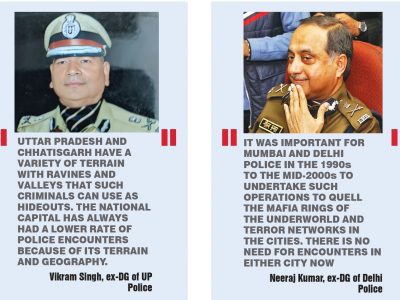
He further compared Delhi’s statistics with Mumbai, illustrating that both the cities had had their share of police encounters when there was immediacy for such action.
“If you compare both the cities, they have reduced their encounter operations by quite an extent which can be discerned through statistics themselves. It was important from the 1990s to the mid-2000s for Mumbai Police to undertake such operations to quell the influence of the mafia rings of Dawood Ibrahim, Chhota Shakeel and their ilk. Similarly, even Delhi had to quell the influence of terror networks in the city. At the moment, there is no need for encounters in either city now,” he said.
Both the former cops agreed that the crime rate in itself did not play much of a factor in encounters.
Presently, according to the NHRC’s monthly report, as of March, there are 216 pending police encounter cases across the country. On the other hand, the National Crime Records Bureau (NCRB) data states that 15 cases were registered against police personnel in Delhi in 2022.

